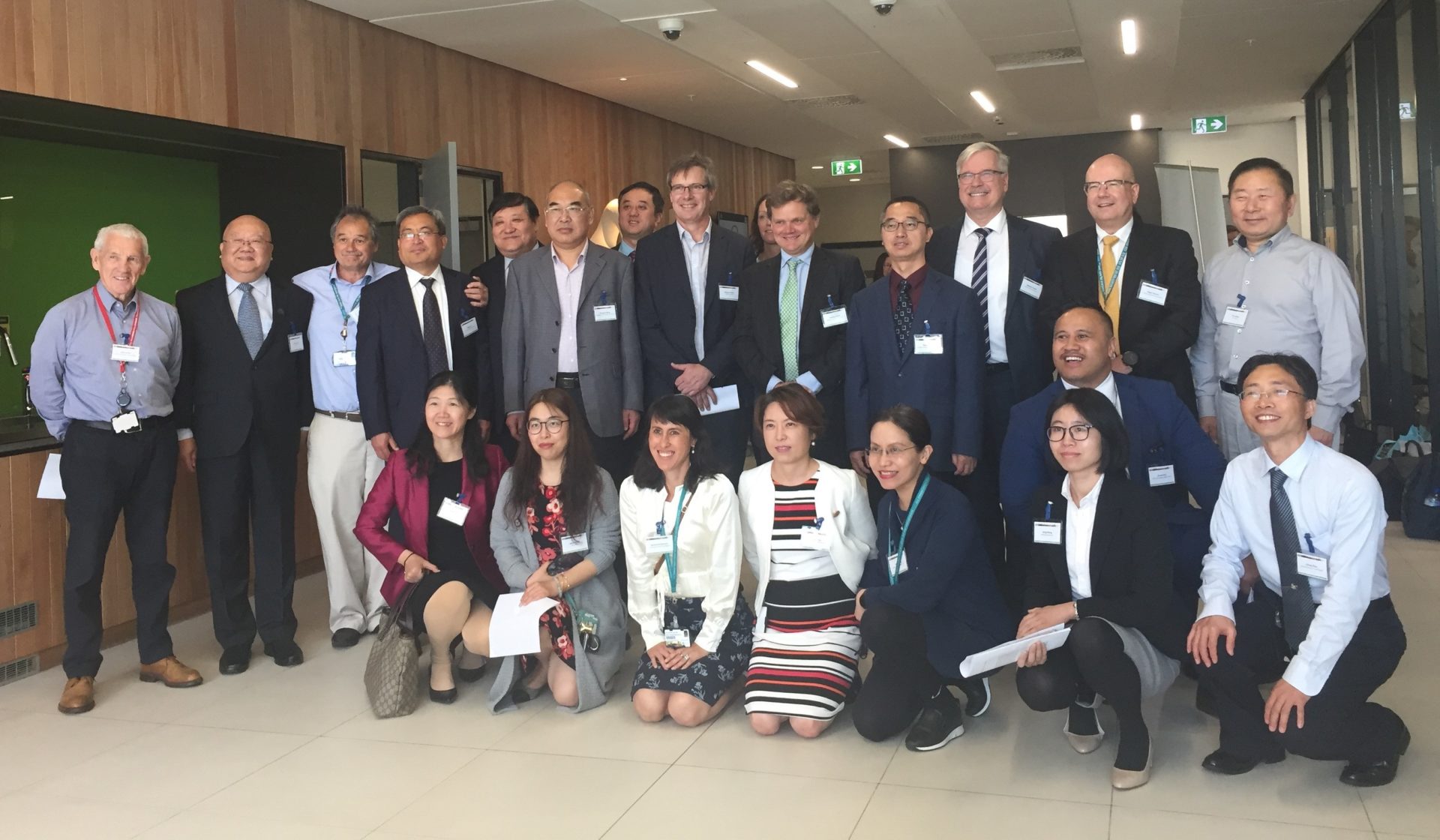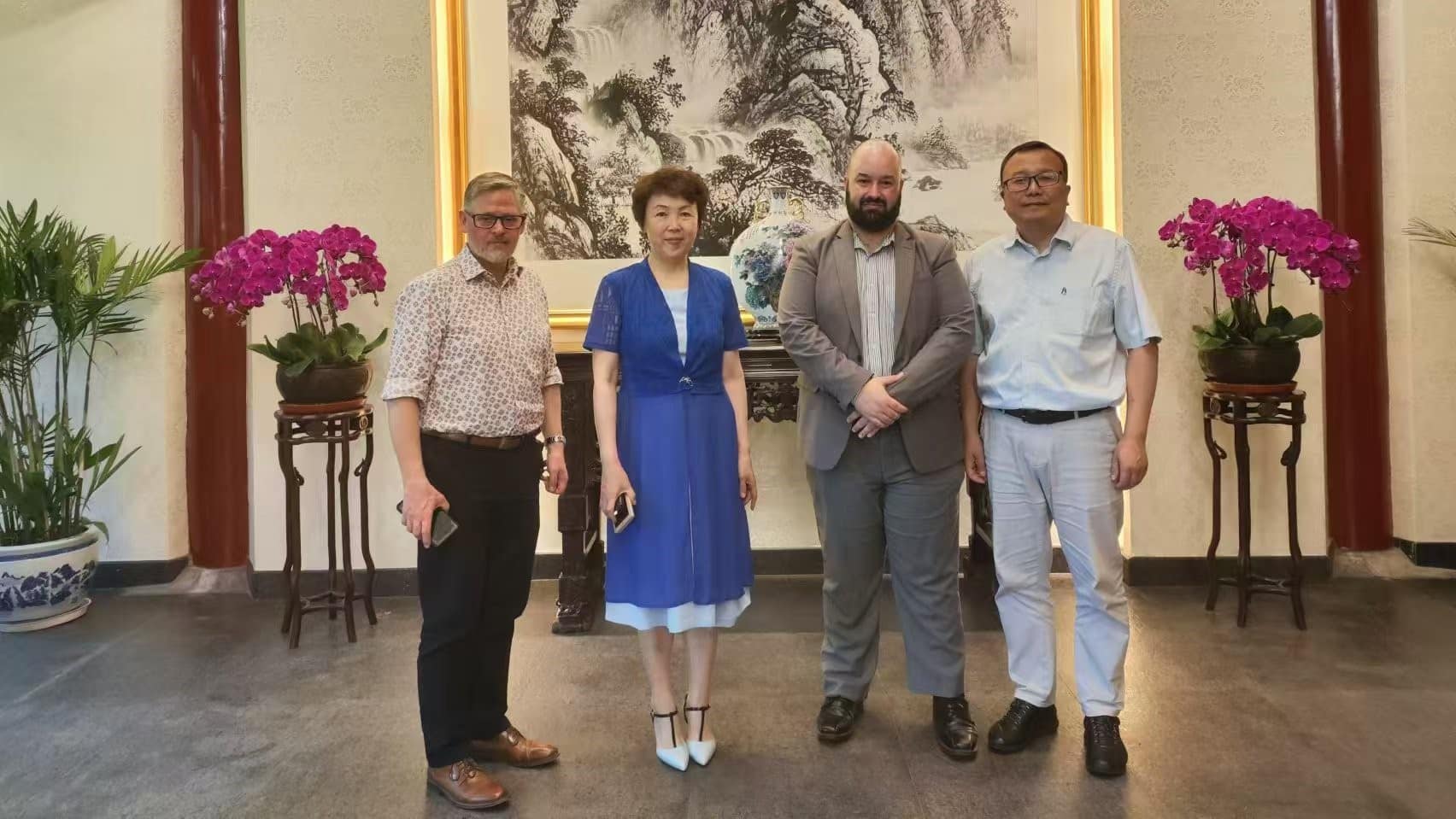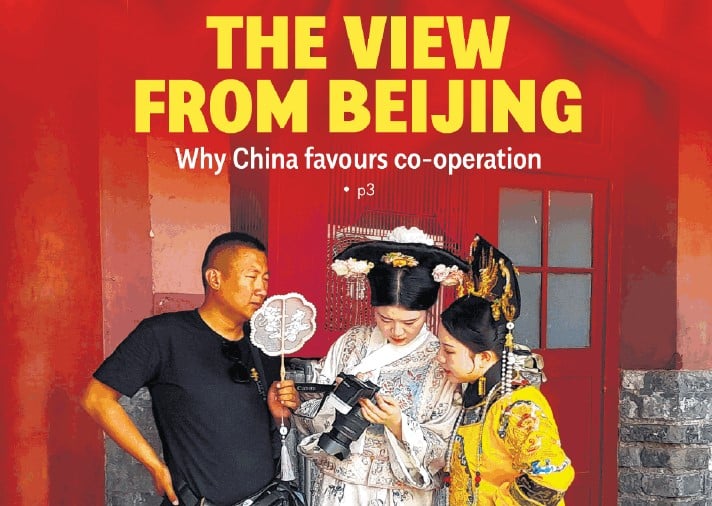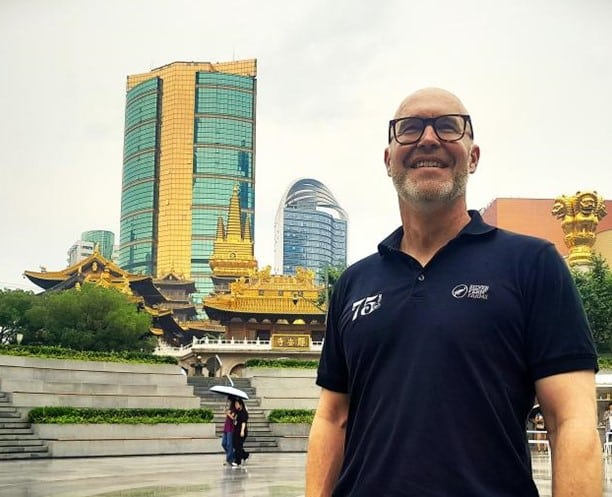CHINA AND NEW ZEALAND – PARTNERS FOR HEALTH
ADDRESS TO THE WAITEMATA DISTRICT HEALTH BOARD HEALTH FORUM ON INTERNATIONAL COLLABORATION
STEPHEN JACOBI, NEW ZEALAND CHINA COUNCIL
It’s a pleasure to with you today and I am grateful to my good friends Roger Perkins and Zhou Lifeng for extending the invitation.
I come before you not as a health expert but as a health consumer, and as someone who believes that international co-operation in health as in any other field of human endeavour can both extend and enrich the outcomes we seek for our citizens and our nations.
Certainly in New Zealand today our Government is showing leadership in the field of well-being, both for individuals as well as communities.
In China, as that great nation celebrates the 70th anniversary of the founding of the People’s Republic, there is also a desire on the part of the leadership to build on its extraordinary process of development and make a material difference to the lives of its people.
That provides a good basis on which to build the theme of today’s discussions, focusing on how China and New Zealand, by sharing experiences and outlooks, can identify those areas in which practical co-operation can lead to better health outcomes.
Today I would like to put that co-operation in the broad context of the relationship between China and New Zealand and discuss how China’s Belt and Road Initiative might provide a useful framework.
I offer these remarks in the spirt of humility, since, as I said, I am no health expert but hopefully they might provide some focus for this gathering.
The NZ China relationship
Earlier this year the New Zealand Prime Minister, Rt Hon Jacinda Ardern, made her first official visit to Beijing.
The Prime Minister was warmly welcomed and her visit provided an opportunity for both sides to reaffirm the Comprehensive Strategic Partnership which has guided the relationship in recent years.
Many of you will be aware that China and New Zealand have pioneered a series of historic “firsts”, including a ground-breaking free trade agreement signed 11 years ago, which have given rise to a mutually beneficial relationship for both countries especially in the trade and economic sphere.
Just this week New Zealand and China upgraded the free trade agreement, with a package of agreements to further streamline trade and investment and to take account of recent developments, particularly in the areas of e-commerce and a growing interest in making sure trade and the environment work together.
This is very good news and shows that our two governments are focused on continuing to enhance the relationship.
China is now New Zealand’s largest trading partner and (after Australia) our second largest source of investment.
In China we are increasingly known as a reliable supplier of safe, sustainable and nutritious food products and other high quality goods and services.
Chinese investors have found in New Zealand profitable business opportunities which are contributing to economic growth and development in our country, including in the regions.
This relationship is not just about business.
The significant flow of Chinese tourists, students and immigrants to New Zealand is building mutual understanding day by day.
This understanding is vital, given that our two countries are different in many ways -certainly in size and scale but also historically, culturally and politically.
China and New Zealand will never agree on everything all the time but, as our Prime Minister says, this should not stop us working together where it makes sense to do so.
There are some in New Zealand today who argue that we are becoming too dependent on China.
It is true that our businesses need a wide range of partners, which is why we actively pursue other trade initiatives such as the Regional Comprehensive Economic Partnership (RCEP) which was also in the headlines this week.
My view is that the real risk to the relationship is that we focus so much on the economic side that we under-invest in other important areas.
We can de-risk the relationship if we broaden our co-operation including in relation to the health issues under discussion today.
This is the context in which the NZ China Council works to build a strong and resilient relationship between our two countries.
We were established seven years ago and our activities are aimed at stimulating discussion and dialogue, providing information and advocacy and bringing together key people in the relationship on both sides.
That is why we very much welcome this initiative on the part of the Waitematā District Health Board, the Shandong Provincial Health Commission and Shandong University.
New Zealand already has several points of connection with Shandong.
When I visited Qingdao a few years ago I was struck by the beauty and vitality of that coastal city – as well of course the quality of the beer which is known worldwide !
New Zealand and the Belt and Road Initiative
Qingdao occupies a strategic position in the network of transport hubs across China.
Connecting China more seamlessly with the rest of the world is a key aim of China’s Belt and Road Initiative (BRI).
I’m sure you all know already that BRI is aimed at achieving development-led growth along ancient trade routes linking China across Eurasia to Europe, as well as more modern trade routes including from China across the South Pacific to New Zealand and on to South America.
What is not so well known is how a distant nation like New Zealand can co-operate with this initiative and how it can add value to New Zealand’s relationship with China and other countries along the Belt and Road.
In May last year, the NZ China Council launched a significant report – “The Belt and Road Initiative: A Strategic Pathway”.
Our report aimed to show how a distant nation like New Zealand can co-operate with BRI and how it can add value to New Zealand’s relationship with China and other countries along the Belt and Road.
In March 2017, the two governments signed a Memorandum of Arrangement (MoA) under which the two countries undertook to explore ways of working together in relation to BRI.
We look forward in due course to the announcement of a future work programme between the two countries, but we haven’t waited for this to start the process of reflection in New Zealand.
The Council believes that BRI can help us develop the momentum of the relationship into the future.
It is in the area of connectivity that the Council believes BRI could provide a significant opportunity for New Zealand.
Our report identifies a number of opportunities that can be further developed in a BRI framework.
These include:
- trade facilitation (incorporating biosecurity, customs clearance and supply chain hubbing)
- New Zealand as a conduit to South America
- the creative sector; and
- innovation
Rather than build the Belt and Road through physical infrastructure, we can help goods, services, capital and people move more easily and, hopefully, more healthily along the Belt and Road.
Trade facilitation projects could leverage New Zealand’s world class biosecurity regime, expertise in cross border movement of goods, and experience in working across jurisdictions in supply chain hubs.
New Zealand’s geographic location and existing trade and tourism relationships with China and South America position us well as a natural connection or conduit between the two – we call this concept the Southern Link and we explored it in a major conference in June of this year.
For the creative sector, opportunities exist to use our creative strengths in web solutions, gaming and other properties to expand people to people links, cultural awareness, understanding and exchange.
In the innovation space, New Zealand can utilise its strong capability in science and technology and advance our existing collaboration and promote greater commercialisation of ideas.
These are just a few ideas that we believe could be developed further by the public and private sectors to boost our co-operation under BRI and contribute to its goals of development-led growth.
I mention Belt and Road to you today because it could provide a useful framework to advance the co-operation you have come together to explore.
Health after all is a key driver of development.
We cannot build a physical road or bridge between China and New Zealand.
But we can see health co-operation as one of the foundations for a more active partnership and we can use the Belt and Road concept to spread the idea more widely in Asia and to other countries along the Belt and Road.
Future of health co-operation
How might this co-operation be advanced and what difference can it make to our citizens ?
I am sure that in your discussions today you will find a ready alignment of interests between health authorities in China and New Zealand.
The range of possibilities is already large – from hospital and nursing practices, to the use of technology, the application of data, the management of hospitals, the use of alternative medicines.
You will doubtless find that the difference in size and scale between us can pose a challenge.
Our Chinese friends will discover that New Zealanders are practical people.
In small country like ours, progress is often made in incremental steps. We learn best by doing.
I suggest your focus on a series of practical steps in areas which seem likely to make a material difference to health outcomes.
It is only by getting to know each other better and by developing greater understanding that progress can be made.
Today is the first step, perhaps the most important one, to begin a longer process of mutual discovery and learning.
Conclusion
As you meet here today, I hope you will be mindful of the wider context in which you meet.
You are part of an increasingly broad and deep relationship between the two countries which can be further enhanced as we increase the scope of our interaction.
China’s Belt and Road provides some direction for the future and its focus on innovation and research may be relevant to your efforts.
By being willing to work closely together, despite our differences and whether or not we might agree on all issues, China and New Zealand can demonstrate to the rest of the world that there is value to be created through co-operation.
When I met Roger and Lifeng a few weeks ago to prepare for this meeting, Roger talked about “points of light” – those areas which are ripe for future mutual endeavour.
I hope you find these “points of light” today and I look forward to continuing this discussion with you, to the outcome of this important gathering.












 MENU
MENU
